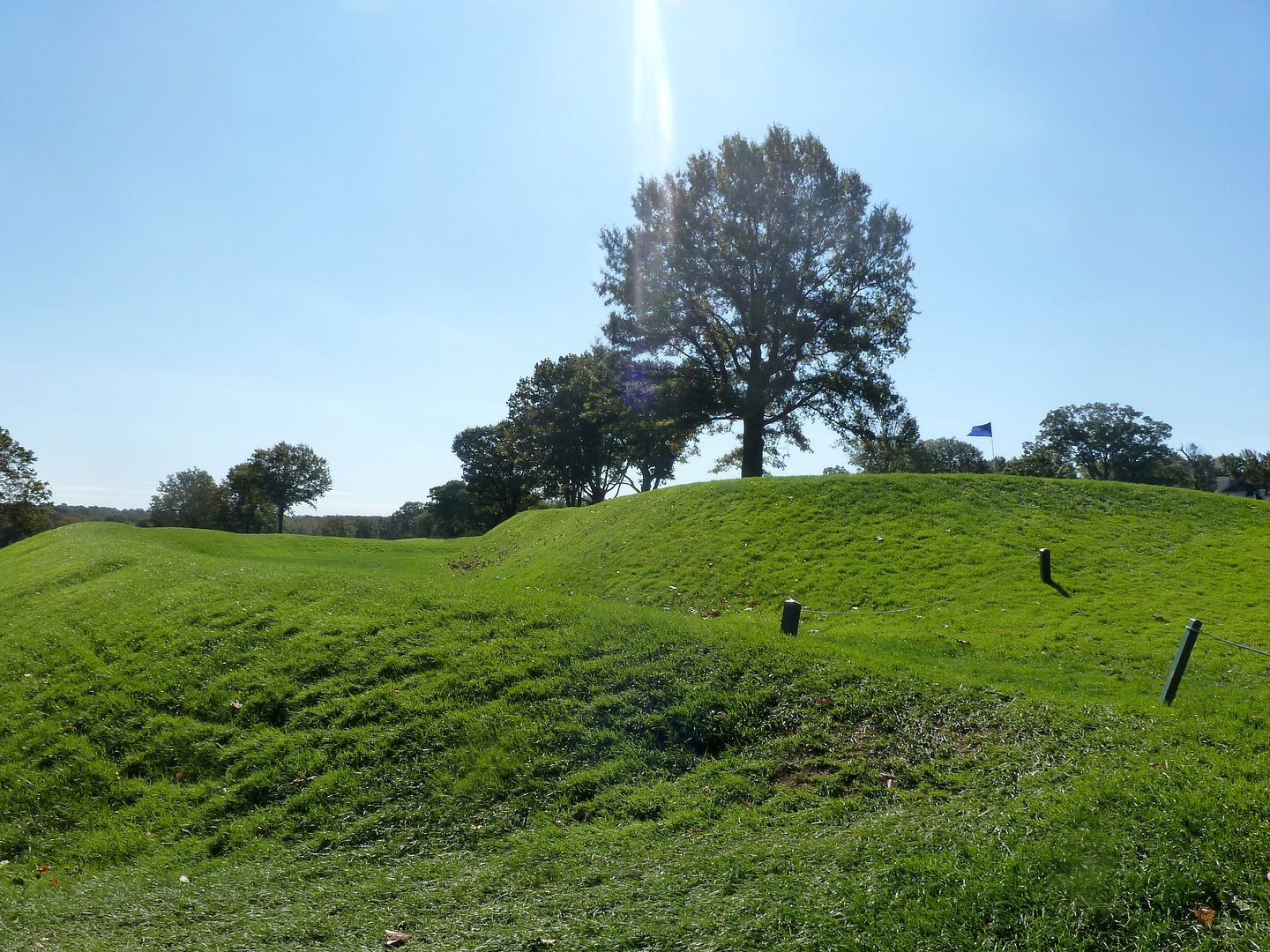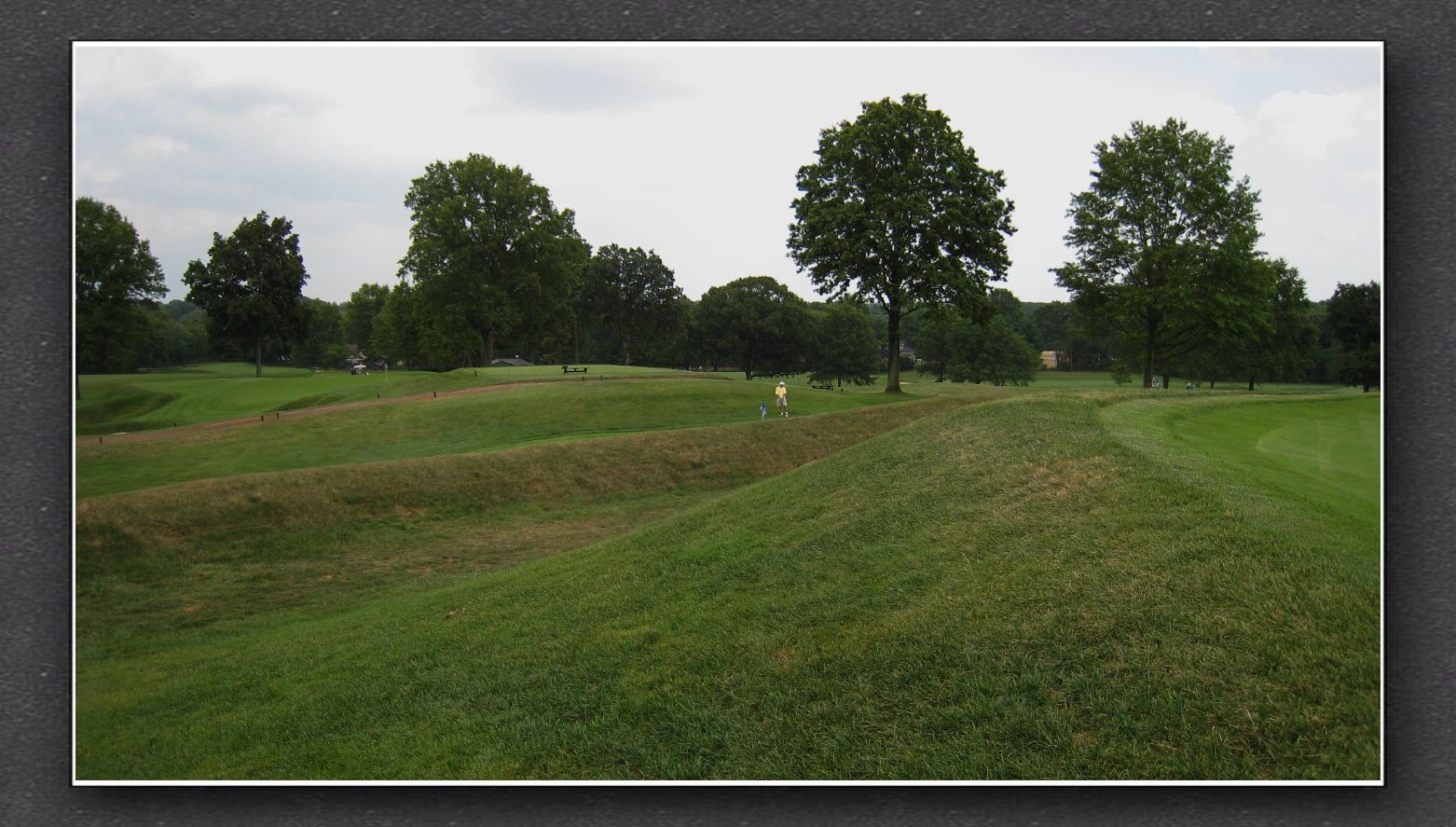 A Majestic Old Clubhouse
A Majestic Old Clubhouse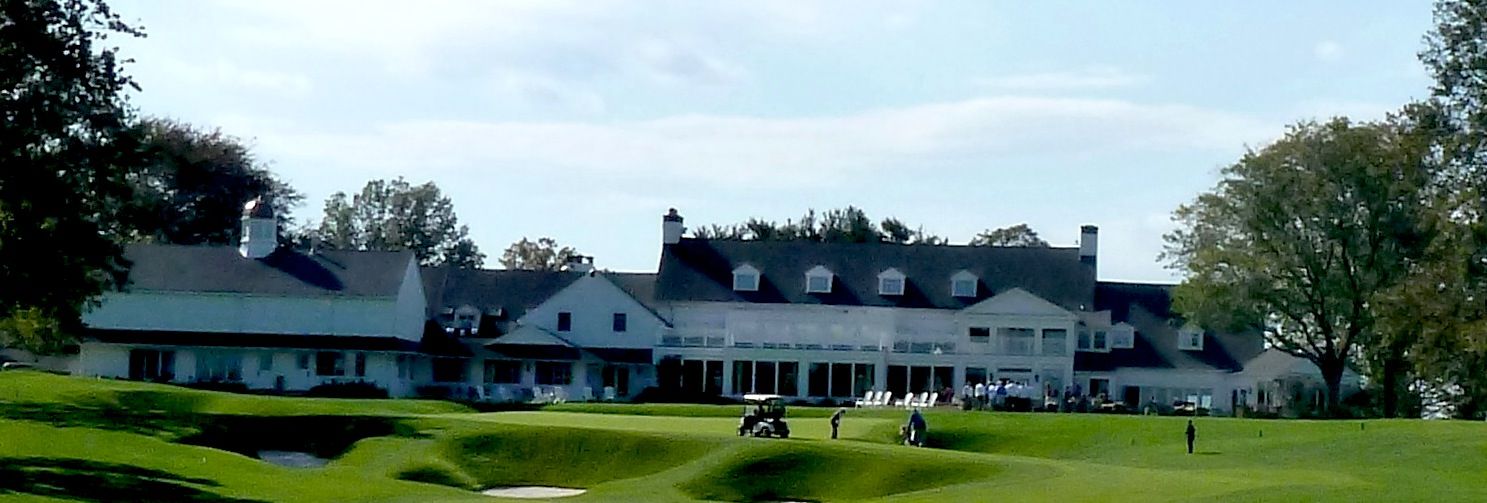
I had the privilege of playing Plainfield CC this past fall on a brief trip to NY/NJ. I was very impressed. I do not believe there has been a full photo tour, so here goes...
The Routing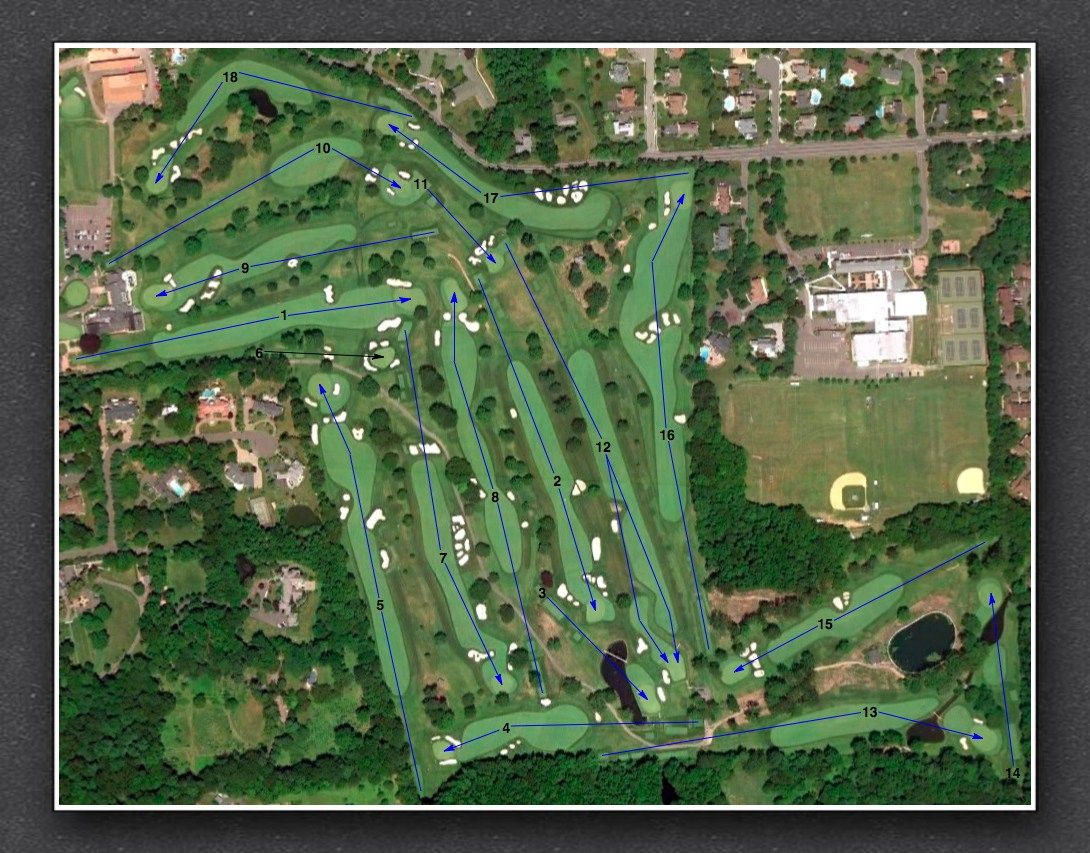
--Routing (and several pictures) courtesy of Prof. Bausch
I was very impressed by the routing at Plainfield CC -- it gave a tremendous sense of intimacy. The front-nine coils around itself, constantly changing direction and working its way across the large ridge that slopes down, away from the clubhouse. Based on this single ridge, the front-nine has holes that play uphill, downhill, left-sloping and right-sloping.
Also of note is the 'previewing the shot' aspect, discussed a couple of times earlier on GCA:
http://www.golfclubatlas.com/forum/index.php/topic,29282.0.htmlhttp://www.golfclubatlas.com/forum/index.php/topic,43475.0.htmlOn the 2nd tee, you get a very good look at the entirety of the devilish 11th hole. Some of the green slopes that are not easily noticeable from the 11th tee, can be taken in by the perceptive player from the 2nd tee.
Similarly, the 7th hole has bunkering that ends well short of the green and a feeder slope that can be used, but these cannot possibly be seen from the 7th fairway. Walking past the 7th, on the 4th hole, these features are easily recognizable and a clever player (or a good caddie) will make note of this.
Lastly, the course has a great 'hub', another feature I first noticed at Old Town (how darned good is that Old Town routing!!). The 1st green, 2nd tee, 8th green, 9th tee, 11th green and 12th are all very close to each other, contributing to the sense of intimacy.
Hole 1: Par 4, 432 YardsI will include the text from Plainfield's website detailing the recent Gil Hanse restoration work on each hole.
Webiste commentary:
What a terrific opening hole and a great introduction to the course! Ross wanted the ball to move along the ground but this is a good example of a fairway that had become too narrow, so we widened it on the left side, which is the best side for approach to the green. We also expanded the collar to the right of the green. Before we did that, if you missed the green to the right you were dead. We also put in chipping areas, which give you the options of putting, chipping, pitching or hitting a high flop shot as opposed to just gouging the ball out of the rough. We also removed the trees behind the green, which is something we did on several of the holes. They were not part of the original Ross design and they provided depth perception that ran counter to Ross's philosophy.A sign found at the first tee:
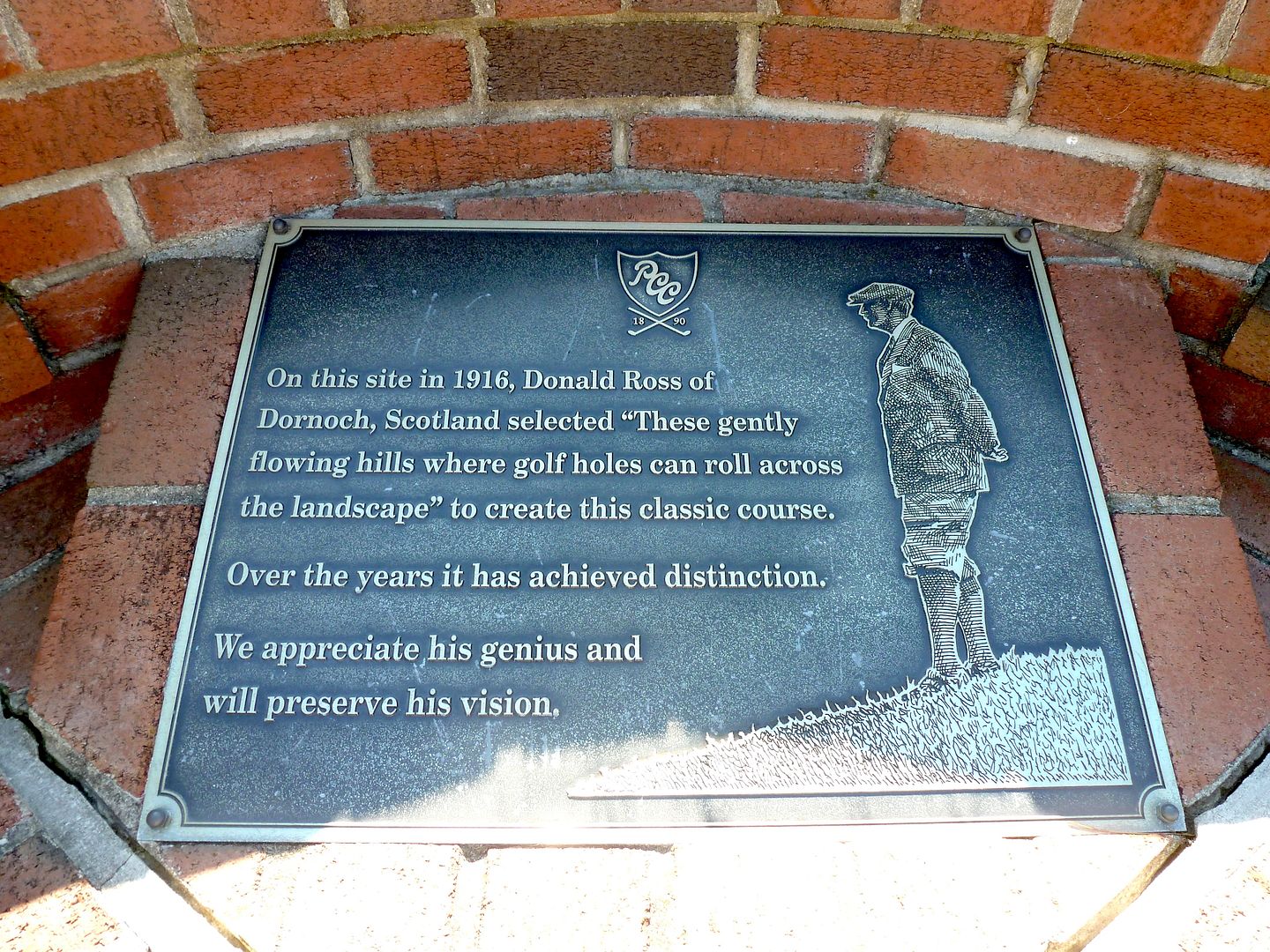
The tee shot on the first is a straightforward one, though it will test one's nerves. Like Merion (minus the people eating lunch), the clubhouse is hittable down the left, and golfers teeing off on the 6th to the right of the fairway will have to keep an eye-out for wayward tee balls.
Tee View:
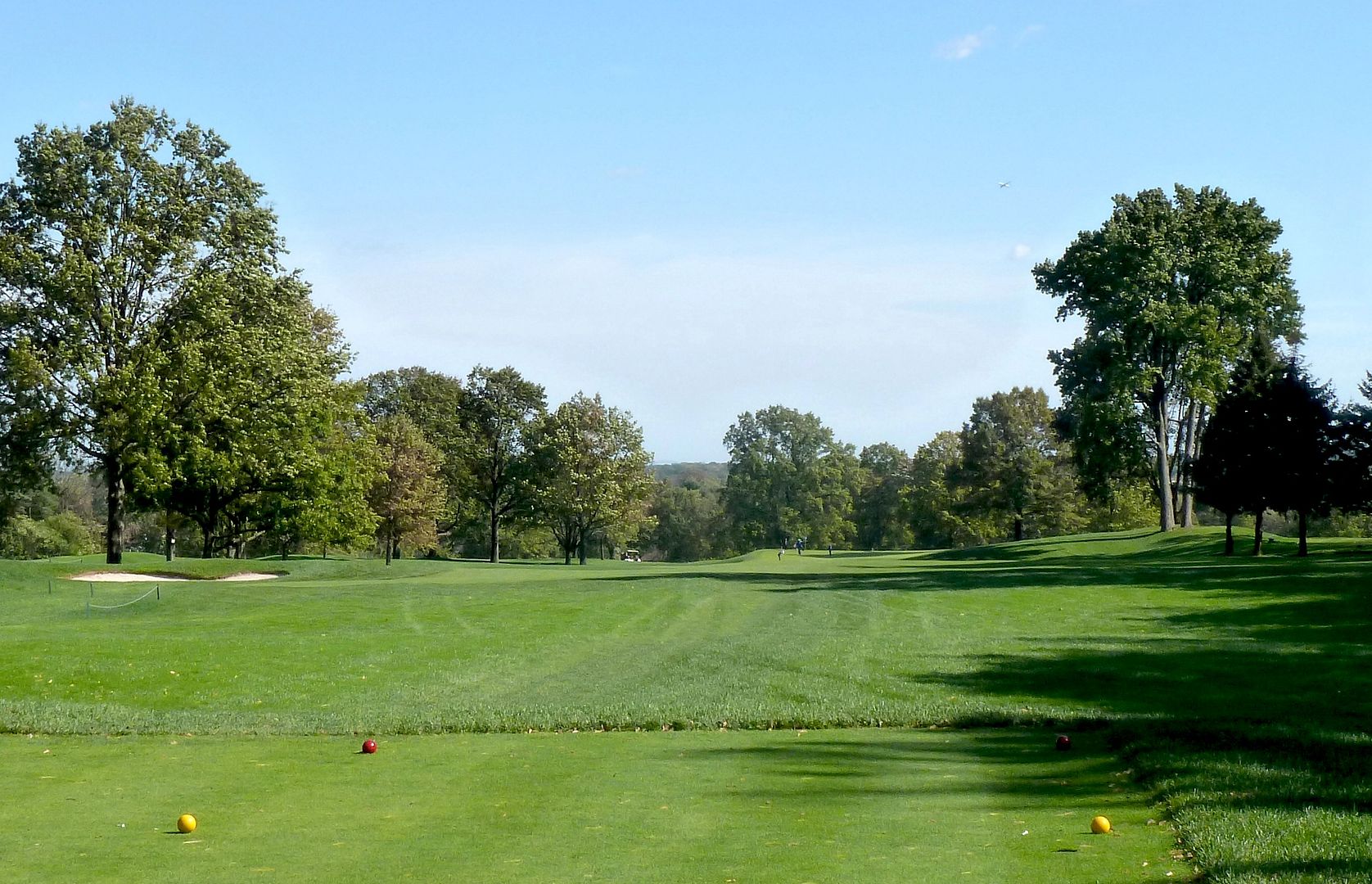
After leaving the flat area on which the first tee and clubhouse are located, the golfer is presented with the first of many rolling fairways that make a day at Plainfield so great.
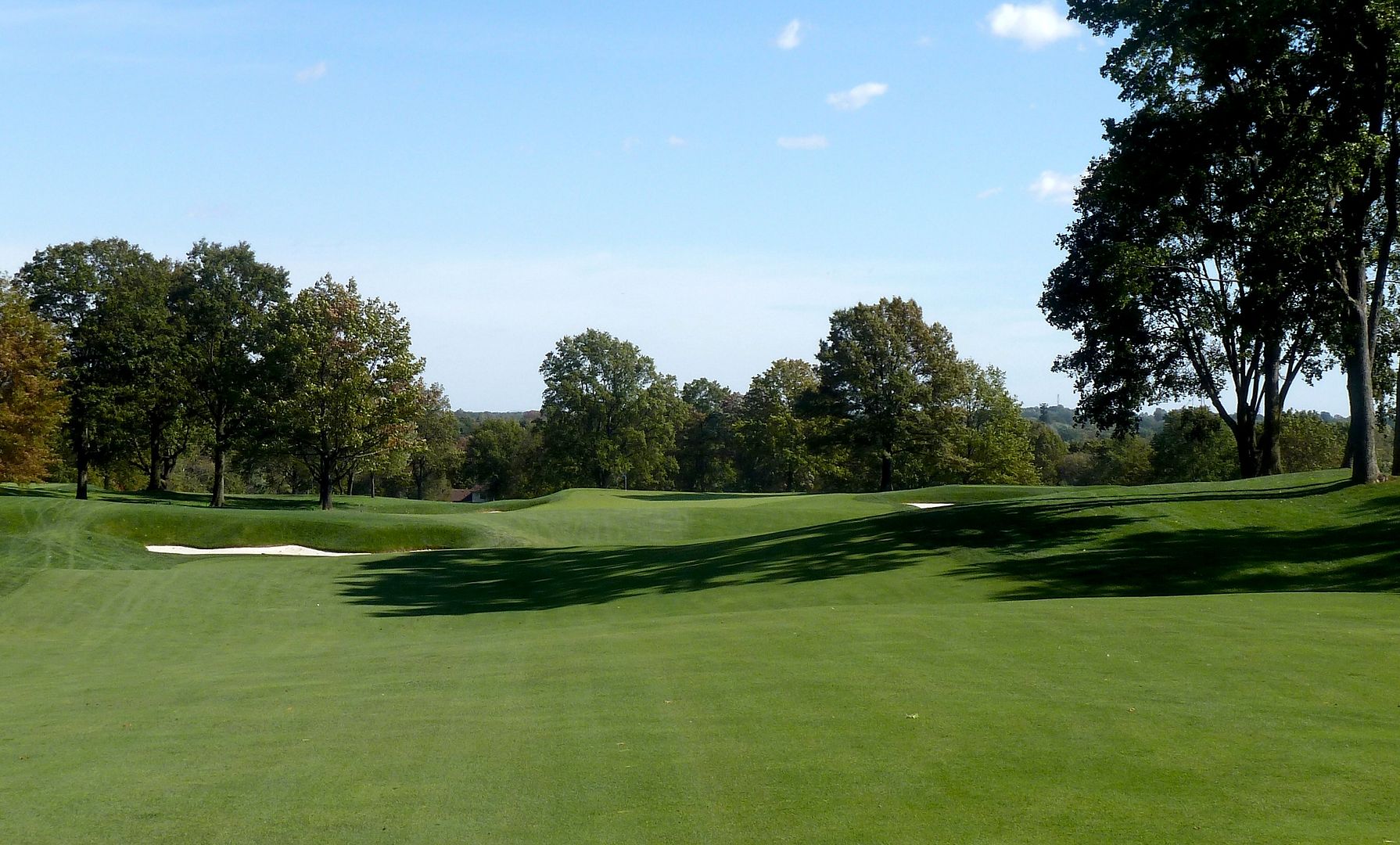
Many tee shots will find a bowl in the fairway that is about 240 yards from the tee (leaves 160ish into the green). From here the approach is partially blind and it is very difficult to get a good feel for the contouring on and short of the green.
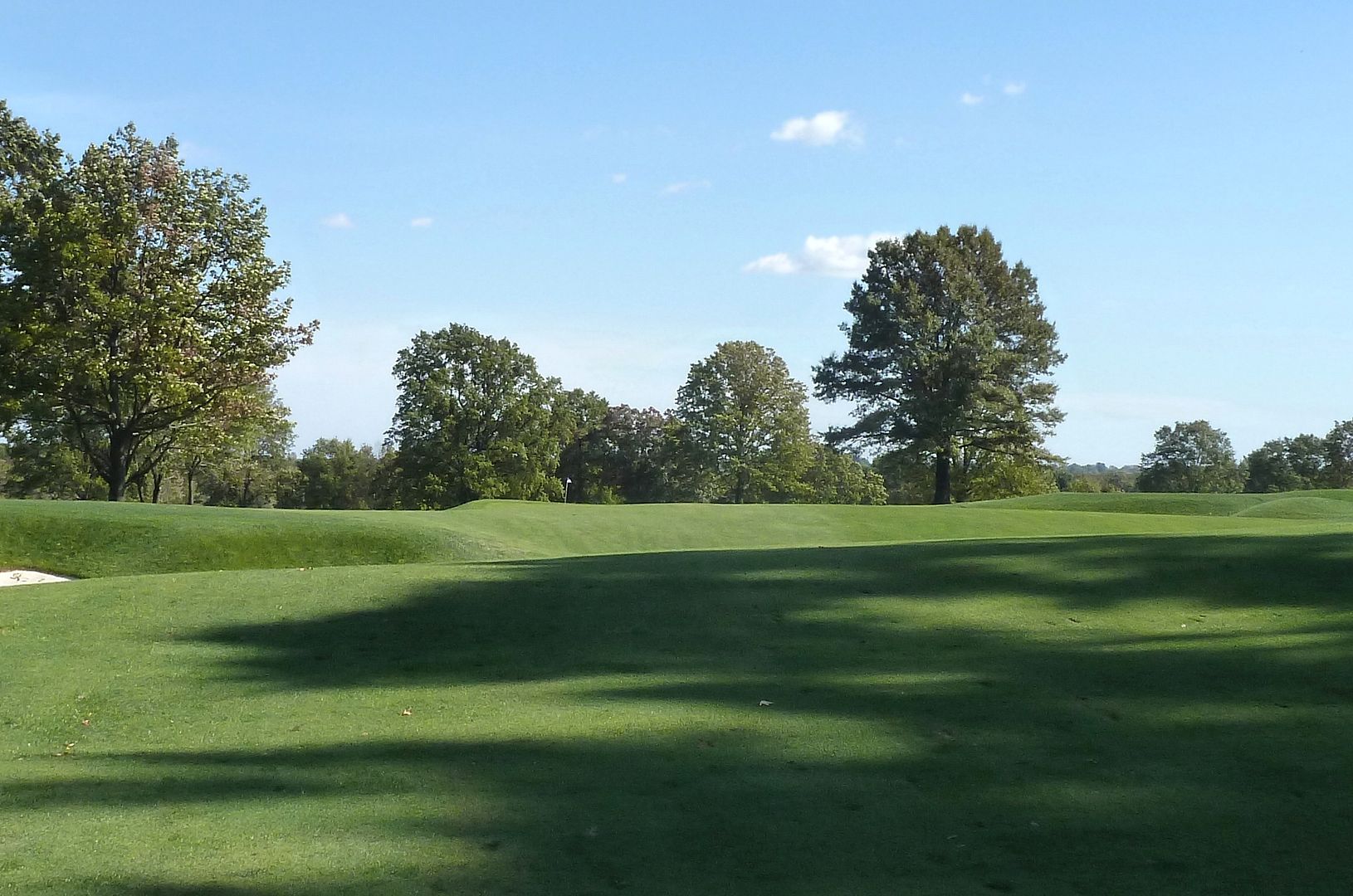
Bombers who can carry the bowl (a carry of about 260 yards) and successfully avoid the left-hand fairway bunker are left with this approach:
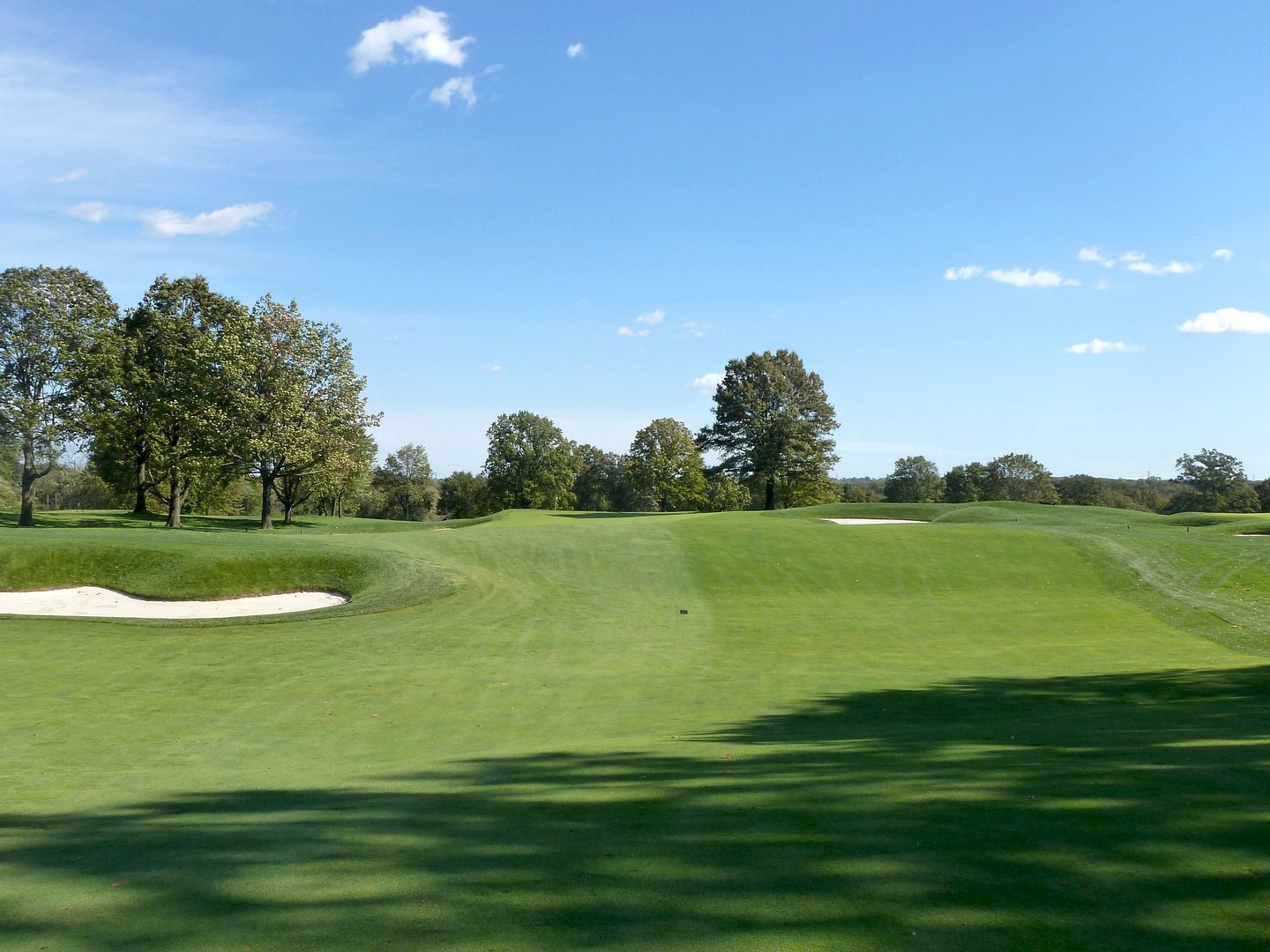
A wonderful and natural greensite. The land short of the green slopes from right-to-left and towards the tee, and guess what, so does the green! Also note the depth of the greenside bunkering (something I have noticed Ross varies wonderfully). While the bunker on the left is considerably deeper than the bunker on the right, it is by far the better place to miss.
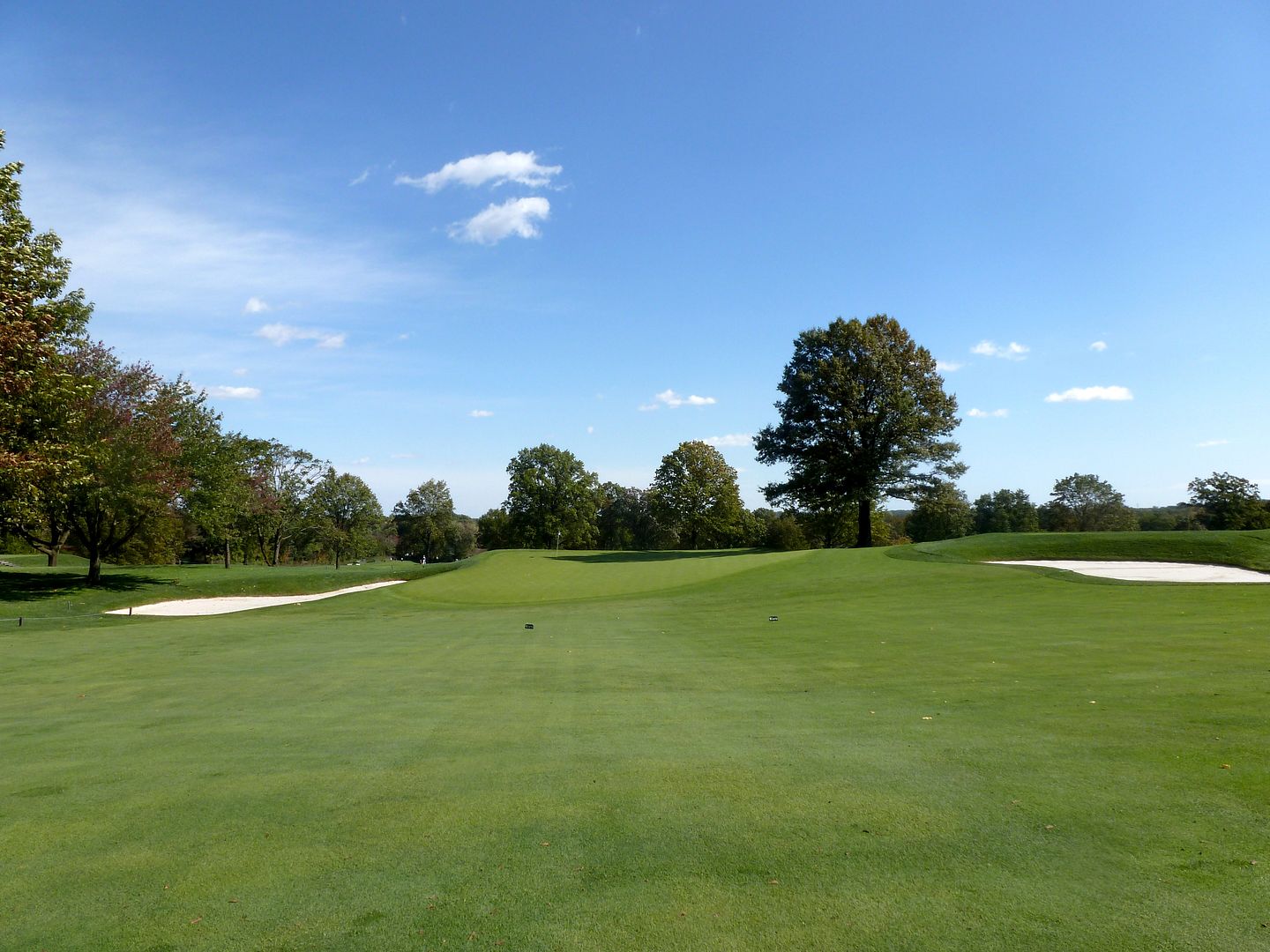
The green has as much tilt as any green I've seen. Being above the hole or missing the green to the right is dead.
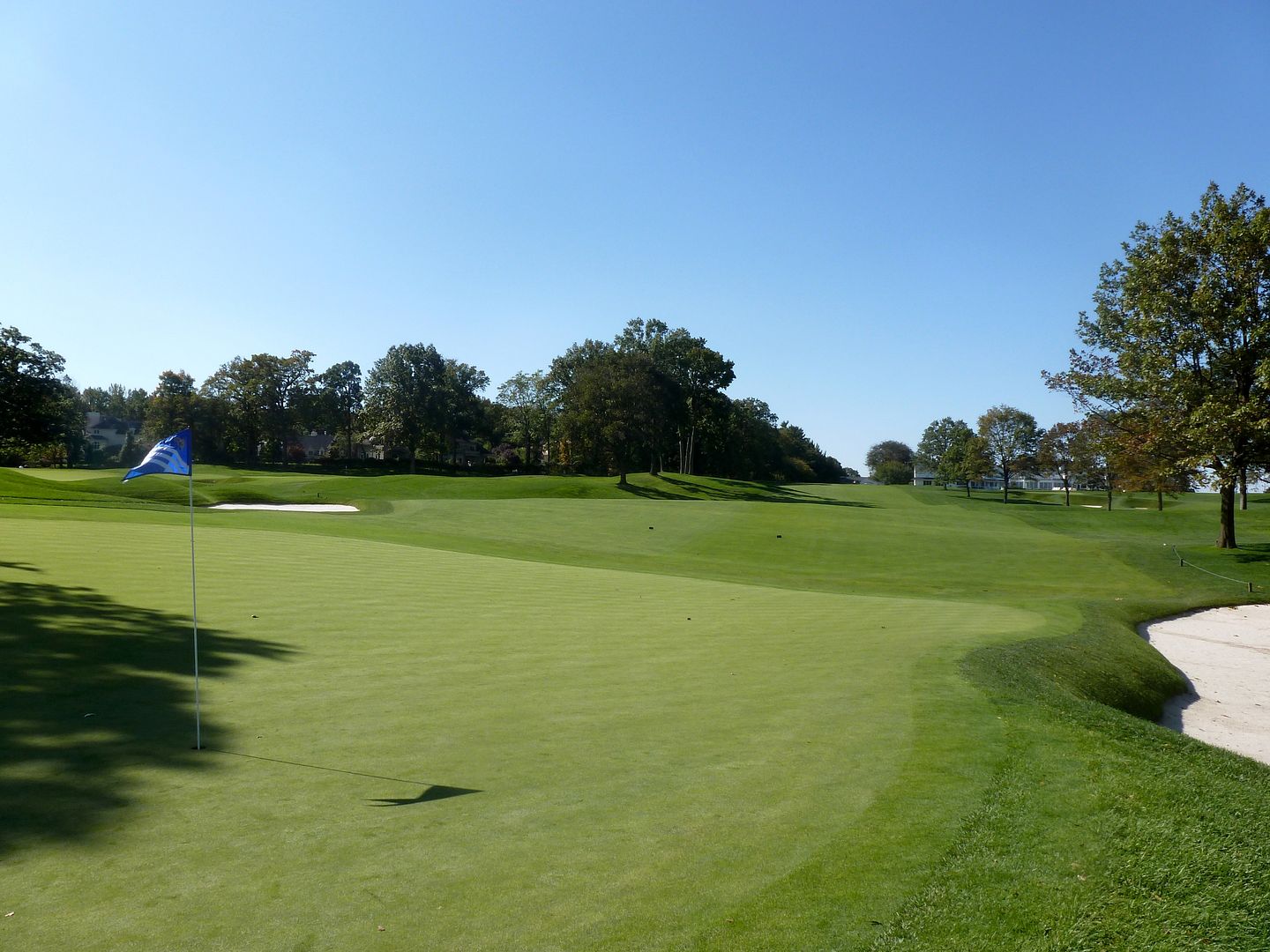
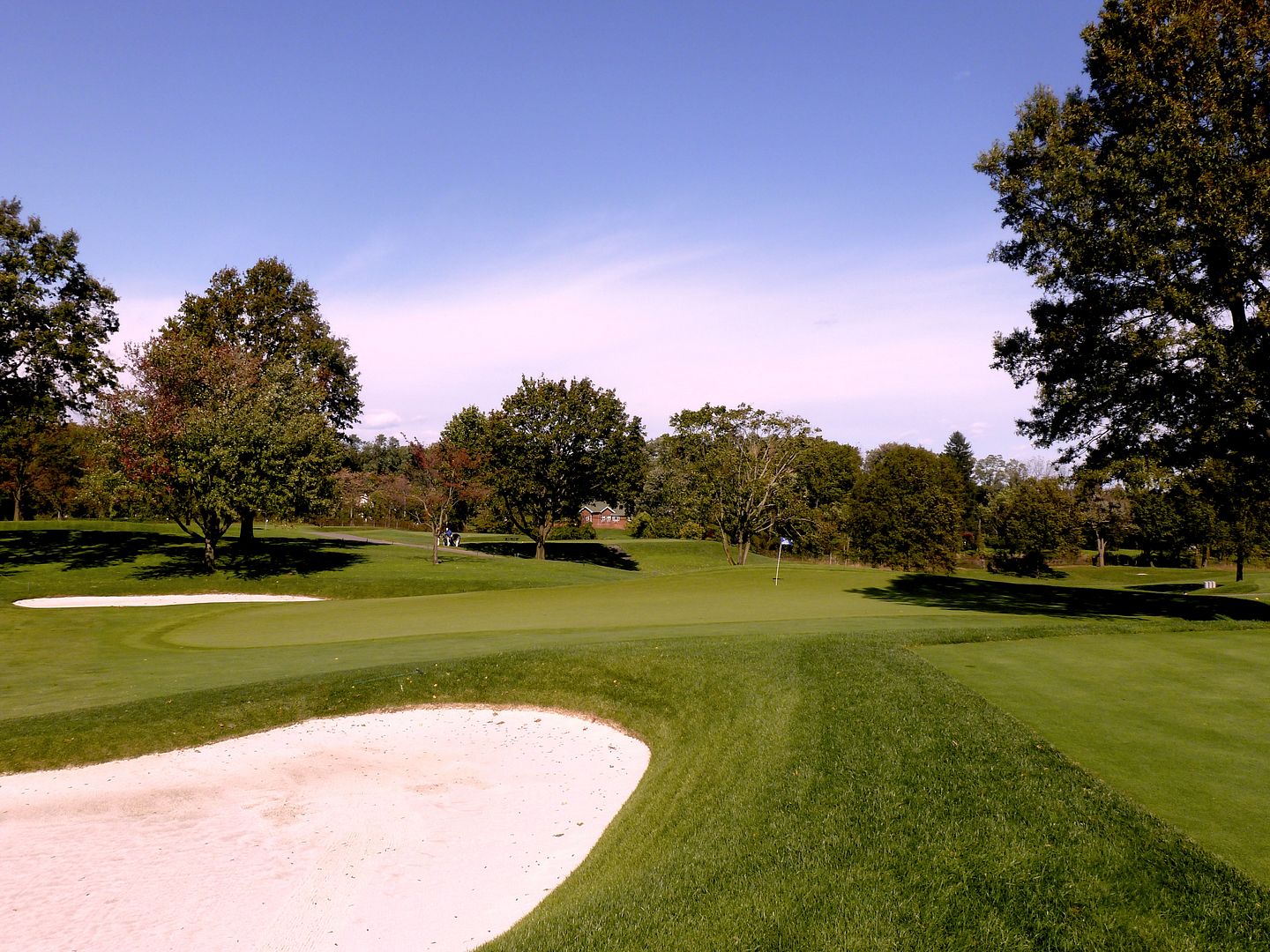
So much for a gimme opener. Oh yeah, missing long is worst of all:
